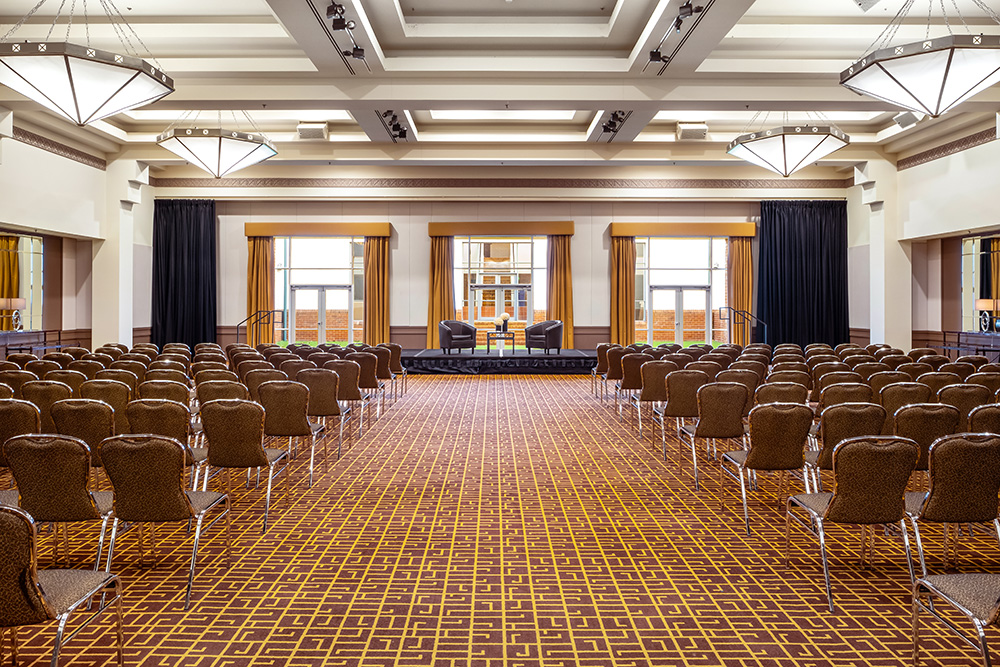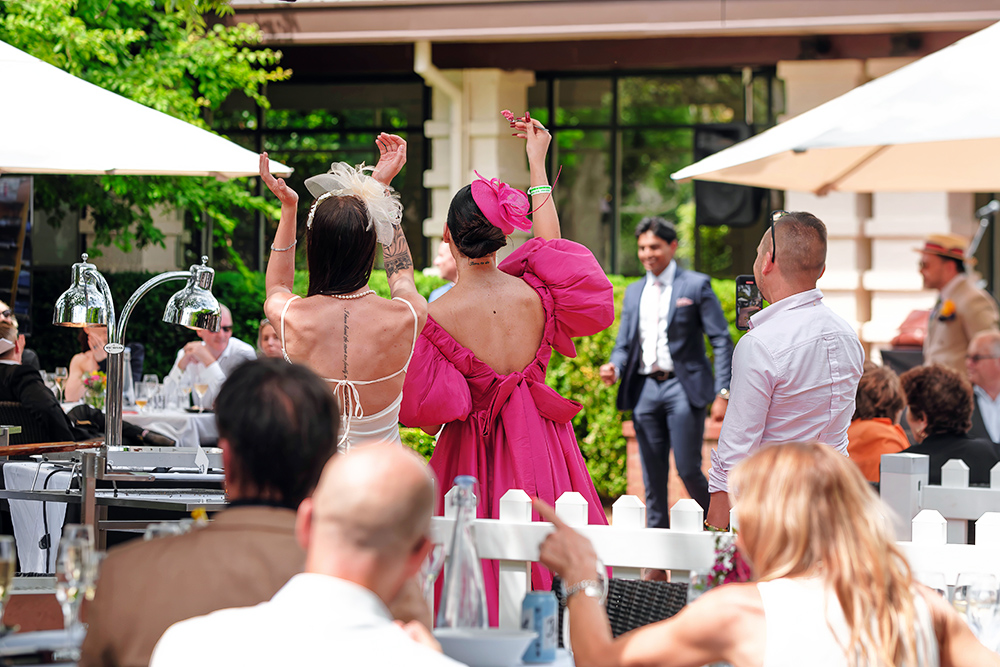In partnership with Local Alike
If someone said, you could find lost treasure in a hidden city in Bangkok, would you go on an urban adventure? How about a monk bowl village in Bangkok? If you answered yes without hesitation, then let me share with you why Finding Lost Treasure with Local Alike will be on your list when you visit Bangkok next.
Looking for an ethical elephant tour in Chiang Mai led us to find Local Alike who had dozens of options all across Thailand and expanding into Vietnam, Indonesia and the Philippines.
Encouraging community-based tourism is a pillar of their mission, which is also an initiative promoted to the broader tourism industry in Thailand.
My only regret was I should have joined this tour the first day I landed in Bangkok. On this tour, I was given a crash course on the history of this country through religion, the effects of progress on artisan communities. I ate like royalty in these nearly forgotten cities of Baan Bat and Kudejeen.
Baan Bat Community – Monk bowl village in Bangkok
“Many tourists tell me how they have seen so much of Bangkok,” my guide starts our tour. “When I ask them if they have been on a bus, truck, or tuk-tuk they say ‘no’.” He smiles, “you haven’t seen Bangkok if you haven’t been on local transportation.”
We get on a tuk-tuk and take a short ride to our first destination, the quaint community of Baan Bat, a monk bowl village in Bangkok. Tucked away in a maze of concrete corridors, we meet one of the elders of the city.

Monk bowls are what makes this community famous. Handmade techniques perfected over generations of monk bowl makers are now a dying trade due to factories being able to produce these bowls quicker and cheaper.
Working side by side on two sizes of monk bowls.
There are about nine steps from the first frame to decorated monk bowl and each family in this community is responsible for one or two actions. It takes about five days to complete one large monk bowl.
Finding your way through Baan Bat
Walking along the narrow pathways of this monk bowl village in Bangkok, and every stop is another step in the process. Uncle welds the copper to the bowl. Aunty hammers the copper stitches until smooth, more stitches added for strength, more hammering until smooth, finally paint and decoration.

A factory-made bowl is a stark contrast to the handmade bowl with its smooth shape. “You can pay 200 baht for a factory-made bowl; it won’t last long though,” our guide translates for Aunty, “a handmade bowl is 2,000 baht.” The price difference is paying for quality, but more importantly, for the nine families, we are making one bowl.
We say thank you to Aunty, and I notice her hands are calloused in places where she’s been holding a hammer for years. Will there be a need for handmade monk bowls in future? Visiting this monk bowl village in Bangkok is truly with a visit with Local Alike.
Kudejeen Community
Kudejeen in Bangkok, Thailand is a place where three major religons live together harmoniously together. This is a special place.
In the current climate of the world, you would be forgiven for accepting that the only place where people can live in harmony exists in movies.

Santa Cruz Church is over 150 years old.
Kudejeen, or Kudichin, identifies with Buddhism, Christianity and Islam religions. A mixture of ethnicities from Thai, Chinese, Portuguese and Indian background makes the Kudejeen people multi-cultural by descent. The community has maintained its unique identity through local traditions.
The traditions of Kanom Farang
Kanom farang is one of these traditions. The spongy cake has been baked fresh daily in this community for over a century. Originally a Portuguese recipe enhanced by the Chinese (by adding dried fruit slices), this cake is a simple representation of what can be achieved by a fusion of cultures.
Auntie Daeng is the owner of a 100-year old traditional Thai home. The humble abode has survived wars and natural disasters as she points out the gunshots in the walls and glass cabinet. Walking through she points at pictures, sharing her personal history of this place.
The local museum is a collection of local contributions sharing the heritage of the Portuguese and the influence of the Chinese on this community. Artwork, wooden crafts, vintage dishes together recreate the feel of a Kudejeen home over a century ago.

What To Expect
A lot of walking so wear comfortable shoes! There are many breaks during the day, and after enjoying your royal meal, a walk is necessary!
The day we went was warm and sunny so check the weather and pack a water bottle, hat, sunscreen, whatever you need to keep you cool and comfortable.
What We Ate
Reading “Taste royal cuisine menu” on the itinerary practically sold me as you know how much I enjoy a foodie experience.
From my days working in a restaurant, I know that cooking for everyday people is hard work. I can’t imagine the pressure this family feels when cooking for a royal family!
Khun Tan, our cook and host, has five generations of knowledge. When she prepares our traditional Royal Thai dishes in her humble home take my breath away upon the first bite.
We get to make an appetizer called chor-muang. Learning how to make chor-muang only looks easy as we try to shape the delicate dumpling into birds and flowers.
We had four courses! This is a lunch made for the royals after all! Khun Tan shares a story of each dish. We start to see the connections of the multi-cultural influence through the dishes served.

Conclusion
I changed my mind about tradition. Some traditions seem archaic, and the instinct is to make it better immediately. In our efforts to be more efficient, reducing steps for convenience, we lose the art of traditions. Or did I mean ‘heart’?
Throughout the day, I refreshed my perspective on history inspired by the power of one community embracing each culture’s differences. Understanding this lifestyle is possible, encourages me to seek this in my own home.
I am incredibly inspired by this tour. I found lost treasures in the corridors of these hidden communities in Bangkok.
If you’d like to discover these treasures for yourself, read below for tour details.
Details
Book: Let’s Find Lost Treasure! Baan Bat & Kudejeen, Bangkok
Cost: USD 76 per person
More: www.localalike.com








